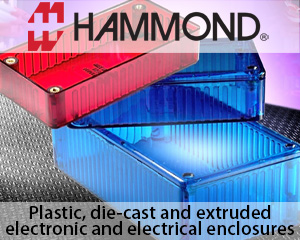H.265 Algorithm Deployed in Silicon in Avaya Scopia XT7100 Videoconferencing Solution Saves 50 Percent Bandwidth and Provides High Quality Video Collaboration Experience
Hong Kong, —March 17, 2015—Altera Corporation announced that a new Avaya Scopia videoconferencing system takes advantage of Altera’s powerful H.265 video codec solution, which is capable of handling full duplex encoding and decoding on a single FPGA, enabling best-in-class video conferencing. The new Altera H.265 codec enables multi-channel support for today’s 1080p60 resolutions on a single, low-power chip; the device will also manage 4K video. Avaya announced the addition to its Team Engagement videoconferencing portfolio, the Avaya Scopia XT7100, which uses Altera’s H.265 solution, on March 11.
Altera’s advanced technology combines high-end FPGA hardwareand IP (software) to deliver a high performance H.265 codec that enables the “heavy-lifting” required in videoconferencing—encoding the live streams to enable superior picture quality with ultra-low video latency.
Altera offers a highly bit-efficient H.265 algorithm deployed in silicon that delivers an unprecedented combination of device utilization efficiency and video quality for the Avaya Scopia XT7100. This highly optimized implementation has led to a greatly differentiated, advanced solution for Avaya’s newest room-based video system.
“The business benefits of video are undeniable for driving deeper engagement and greater productivity – especially as members of any given team are increasingly widespread. With Altera’s programmable logic devices, we can provide high quality video performance in our flagship Scopia room system along with the efficiencies required to keep product costs down,” said Roberto Giamagli, senior director, Product Management, Avaya Video. “Our Scopia line delivers great value and best-in-class video quality that enables more effective, face-to-face collaboration over distances.”
“Altera is committed to providing proven solutions for demanding applications to customers such as Avaya, who need to be ahead of the standards to future-proof their high-density HD products, and Altera’s H.265 algorithmic maturity proves a clear lead in this space,” Dan McNamara, Altera’s vice president of the Industrial, Automotive and Broadcast Divisions. “Additionally, this solution sets up a migration path to the Stratix® 10 FPGA, which uses Intel’s 14 nm Tri-Gate process and will provide increased compute capability per Watt.”







